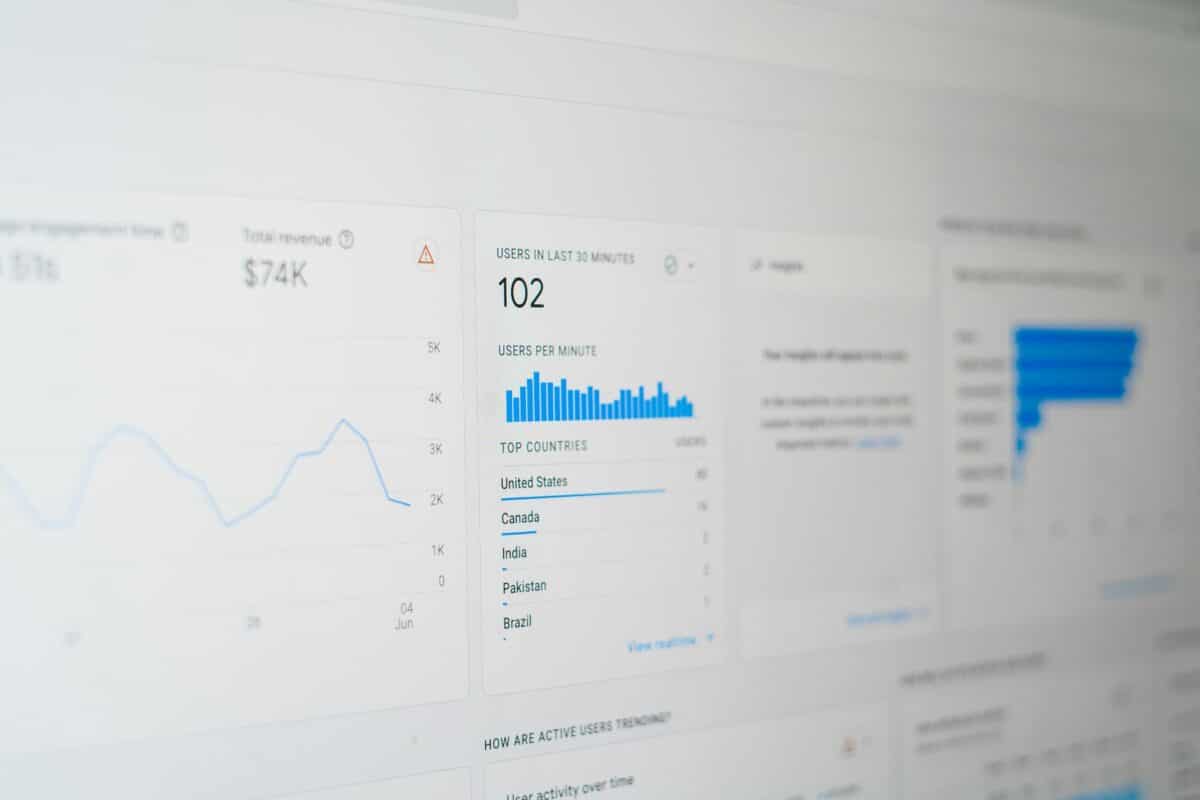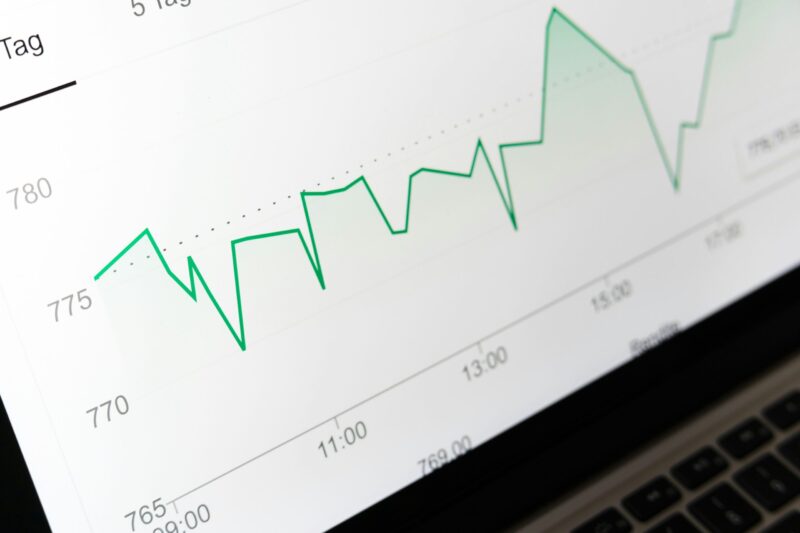Designing and developing an effective museum website starts with clearly understanding your website visitors. If you don’t know who your visitors are or what they need, your website has less chance of being a useful tool for increasing ticket sales, reaching more people, or achieving your other marketing objectives.
While there are many strategies for understanding your website audience, Google Analytics is a handy tool that most museums probably already have at their fingertips. As useful as Google Analytics is, it can also be overwhelming to make sense of all the data you have access to. For that reason, let’s focus on three datasets as a starting point for learning about your website visitors.
(Note: With Google’s full launch of GA4, its latest analytics platform, things will look a little different if you were used to using previous versions. GA4 tracks visitor actions instead of simple pageviews, and many of the reports in the old version are now reorganized or rebuilt. GA4 also follows stricter privacy standards, so some data is modeled rather than exact. It can take time to adjust, but it still provides the core insights you need to understand how people use your site.)
Three Key Metrics to Understand Your Museum Website Visitors
Referral Traffic & Emerging Social Trends
Referrals tell you what other sites your visitors are coming from. You can see how many users were “referred” from another website, which lets you peek into their journey to discovering you. Knowing where a visitor came from is helpful for figuring out what they might be looking for now that they have arrived on your site. By tracking referral sources, you can gain insights into which platforms or websites are driving traffic and which pages they are being referred to. This will allow you to adjust your marketing efforts accordingly.
How to Access in GA4: Reports > Acquisition > Traffic Acquisition > Session source/medium
Tips to Drive More Website Traffic to Your Museum Website
- Optimize for AI-powered Search: More visitors are using AI tools (like ChatGPT, Gemini and Copilot) to make recommendations and plan trips. It’s now imperative that your website content is structured for AI-driven discovery.
- Build Partnerships with Tourism & Travel Platforms: Consider collaborating with digital tourism platforms to feature your museum in location-based recommendations.
AI-Powered Visitor Segments & Predictive Analytics
Google Analytics 4’s Predictive Metrics and Audience Segments go beyond basic demographic data to provide AI-driven visitor insights.
How to Access in GA4: Reports > Audience > User Attributes
GA4 now categorizes visitors into Predictive Segments, such as:
- Likely to Purchase: Visitors who have a high probability of buying tickets or memberships.
- Likely to Churn: Visitors who engage once but don’t return.
- High-Value Visitors: Users who frequently visit and interact with content.
Tips to Increase Website Conversions
- Retarget High-Intent Visitors with Personalized Offers: Use Google Ads or social media retargeting to reach visitors who show high engagement but haven’t yet purchased tickets.
- Enhance the User Experience for First-Time Visitors: If a large percentage of users are in the “Likely to Churn” category, simplify your website navigation, improve page load speed, and place key information (like pricing and hours) in a way that’s easy to find.
- Grow Membership: Strategically place calls to action to drive frequent visitors to become members. Focus on exclusive perks and cost savings.
User Engagement & Behavioral Insights
Engagement metrics help you see where your content is connecting and what is missing the mark. GA4 provides detailed insights into how users interact with your website through metrics like Engagement Rate, Scroll Depth, and Event Tracking.
How to Access in GA4: Reports > Engagement > Events
Unlike traditional metrics like bounce rate, which GA4 has phased out, engagement rate tells you how long visitors stay on your site and what actions they take.
Tips to Increase Museum Website Engagement
- Optimize High-Performing Pages: If certain blog posts or exhibits receive high engagement, expand those topics with interactive elements, such as virtual tours, timelines, maps or quizzes.
- Improve Mobile & Voice Search Experience: With more users accessing museum websites via voice search and mobile AI assistants, make your website content conversational, mobile-optimized, and voice-friendly.
- Enhance Pages with Media: Keep users on your page longer with engaging content, like videos, graphs and interactive elements.
Your Website as a Your Museum’s Digital Hub
Your museum’s website should attract, educate, and entertain visitors. By digging into your site’s analytics, museums can create websites that truly resonate with your audience and drive deeper engagement. Reach out if you’d like to explore how to take your museum website to the next level.



